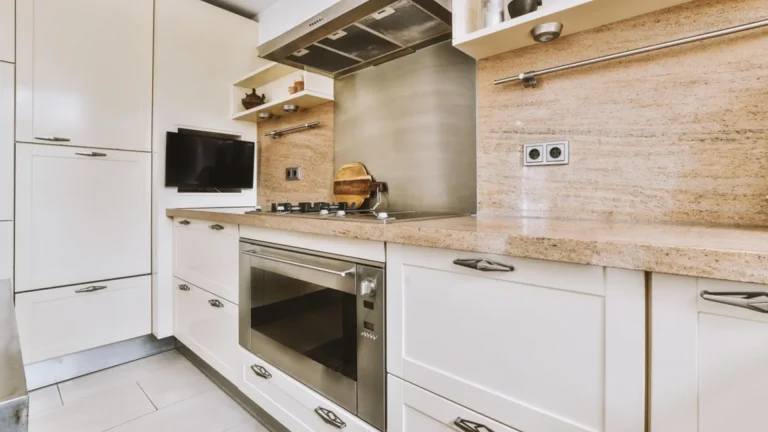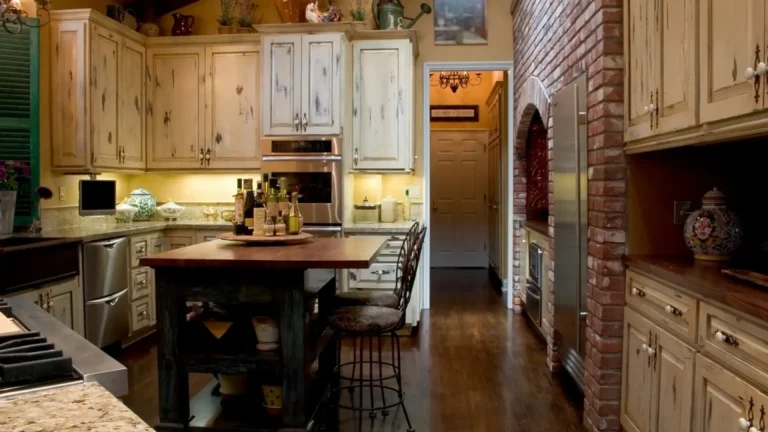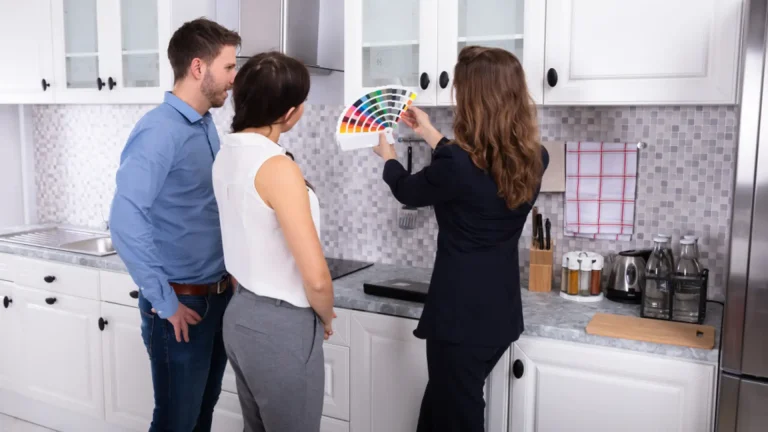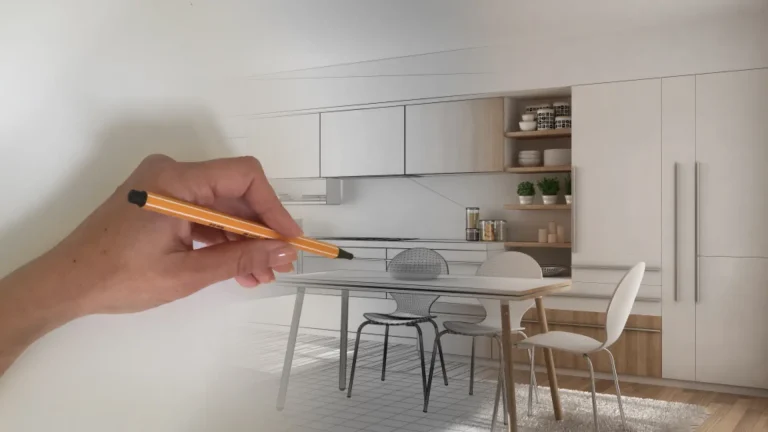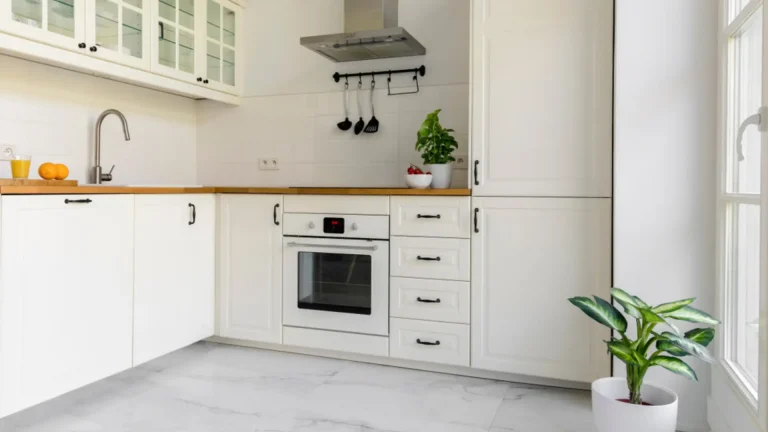Expert Tips on How to Fill the Gap Between Cabinets and Wall
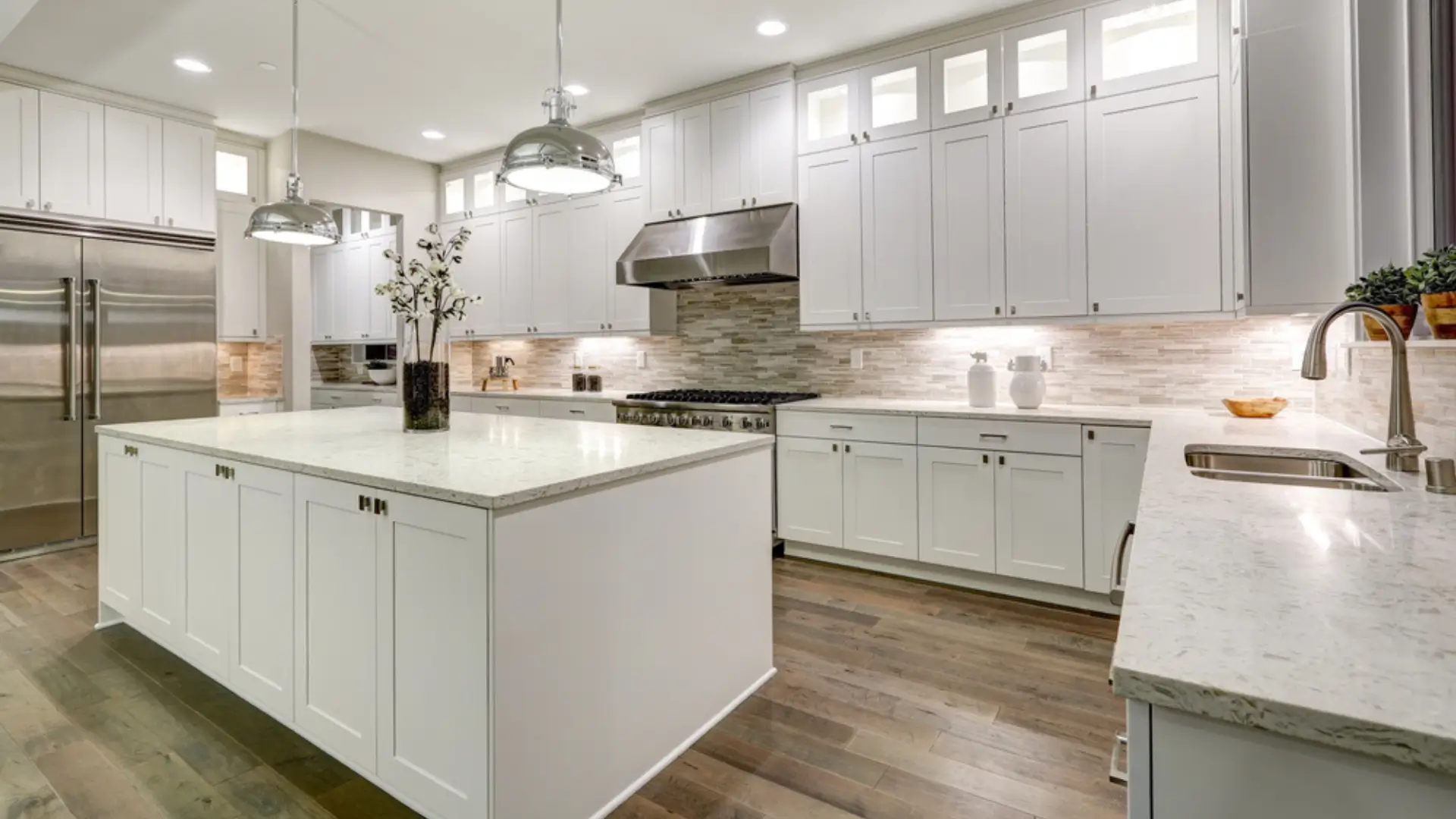
Discovering a gap between your cabinets and the wall can be both surprising and frustrating. Not only does it disrupt the seamless look of your kitchen or bathroom, but it also serves as an invitation for dust, pests, and other unwanted guests. You might be wondering how to fill the gap between cabinets and wall. Addressing this issue promptly is essential, and fortunately, there are several effective methods to fill these gaps.
This guide will explore how to tackle the gap between cabinets and walls, ensuring a cleaner, more integrated look for your space.
Why You Need To Fill The Gaps Between Cabinet and Wall?
Pest Control
Gaps between cabinets and walls are perfect hiding spots for pests. These openings provide easy access for insects and rodents, seeking shelter or food remnants. Sealing these gaps helps block their entry, contributing significantly to pest control in your home.
Hygiene and Cleanliness
Gaps can accumulate dust, debris, and even food particles, making cleaning a more challenging task. By filling these spaces, you reduce the accumulation of dirt, simplifying hygiene maintenance and ensuring a cleaner living environment.
Insulation
Unexpected gaps can affect your home’s insulation, leading to increased energy costs. Filling these gaps can help maintain your home’s temperature, contributing to a more energy-efficient space.
Aesthetics
A sleek and seamless look is often desirable in home design. Gaps between cabinets and walls can interrupt this aesthetic, making spaces look unfinished. Filling these gaps not only enhances the appearance but also increases the overall value of your property.
Structural Integrity
Although less common, gaps can sometimes indicate or lead to structural issues. Addressing them promptly can prevent further damage, ensuring the longevity and stability of your cabinetry and walls.
How To Fill The Gap Between Cabinets and Wall? – 8 Ways
Thick Backsplash
A thick backsplash can serve as both a functional and decorative solution to cover gaps. This approach not only seals the space but also adds a stylish accent to your kitchen or bathroom.
Caulking Techniques
Caulk is an effective sealant for narrow gaps, offering a flexible solution that can accommodate the expansion and contraction of materials. Proper application ensures a clean, seamless finish that blends with your cabinets and walls.
Expanding Foam Solution
For larger gaps, expanding foam provides an excellent fill that can be trimmed and painted over. This method ensures a durable seal, preventing pests and dust from entering the space.
Bathroom Sealant Tape
Sealant tape offers a quick and easy solution, ideal for temporary fixes or renters. It’s waterproof and mold-resistant, making it suitable for areas prone to moisture.
The Wood or Trim Solution
Adding wood trim or shims can aesthetically fill the gap while maintaining the integrity of your cabinets. This method allows for a custom fit, perfectly matching the existing design.
The Simple Screw Fix
Sometimes, simply tightening or adding screws can pull cabinets closer to the wall, minimizing the gap. This method requires minimal effort and preserves the original look of your installation.
Trashcan Solution
A creative approach involves placing a slim trashcan or storage unit in the gap. This not only fills the space but also adds functionality to your room.
Shelving or Side Cabinet
Installing additional shelving or a side cabinet can effectively utilize the gap, providing extra storage while concealing the space.
Custom Solutions for Irregular Gaps
Not all gaps are uniform. In cases of irregular spaces, a combination of methods might be necessary. Custom-fitted pieces or professional consultations can offer tailored solutions that address your specific needs.
FAQs
Conclusion
Addressing the gap between cabinets and walls is crucial for maintaining a clean, cohesive, and efficient home. With the variety of solutions available, from simple caulking techniques to custom shelving, there’s a method to suit every situation and budget.
Taking action not only enhances the appearance of your space but also contributes to its overall cleanliness, insulation, and structural integrity. Remember, a well-maintained home is a comfortable and inviting one, so don’t overlook the importance of filling those gaps.


